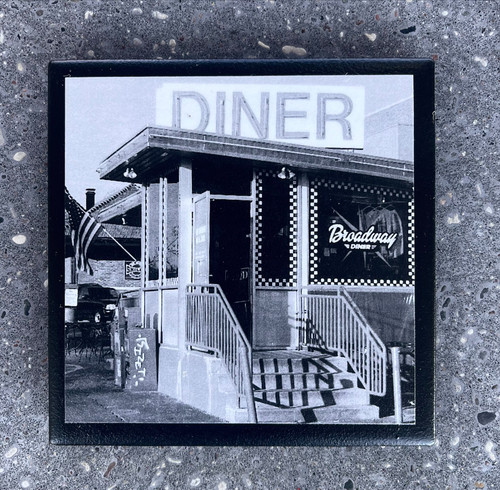The Middlebrow Musical: Between Broadway and Opera in 1940s America by James O'Leary
Through detailed archival work, this book identifies a coherent intellectual and artistic tradition that critics of the 1940s called “middlebrow.” It began in literary circles in the 1910s as a response to the emergence of modernism, continued to grow and develop through the Second World War, and spread outward into music and theater. What gradually emerged was an approach to art that advocated mixing highbrow, folk, and popular culture. The rationale was civic: Middlebrows believed they could unify a fractured and war-torn society by pulling together the disparate publics for each category of art. This book focuses on the development of the middlebrow style on Broadway during the 1940s. It shows that although the familiar term “integration” has typically been a formal concept in musical-theater studies, contemporary writers more often used the word to signify blending high art, folk, and popular culture, especially in the early collaborations between Richard Rodgers and Oscar Hammerstein II, and in the criticism of Brooks Atkinson and Olin Downes. This book then demonstrates how the middlebrow style became associated with the early civil rights movement, especially in the music of Duke Ellington. Finally, it describes how Kurt Weill and Langston Hughes tapped into middlebrow tradition to bring European-style opera to American audiences in a manner that would feel socially relevant. The book ends by considering what the middlebrow might offer the broader study of modernism as a concept that pulls together facets of modernist-era art which have previously seemed incompatible: high art and popular culture.
About the Author
James O'Leary is the Frederick R. Selch Associate Professor of Musicology at Oberlin College and Conservatory.
Product Specifications
Published by Oxford University Press, 2025. Hardback, 272 pages.







